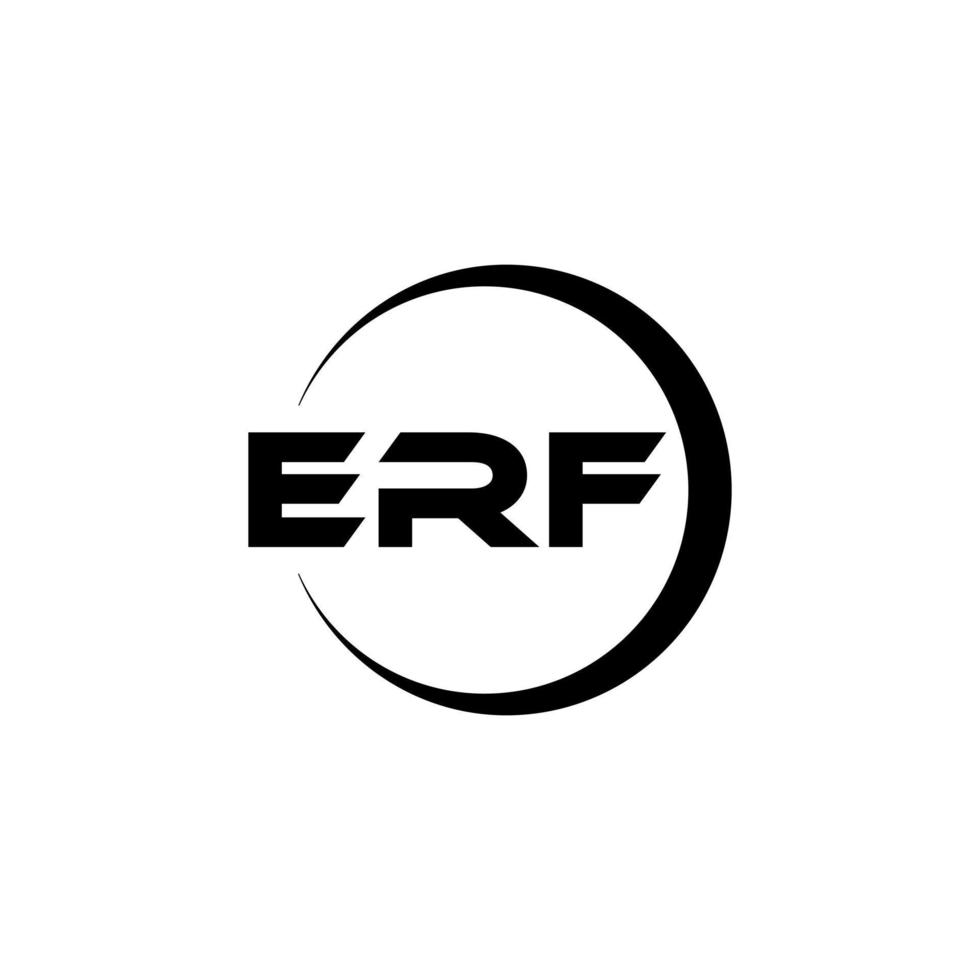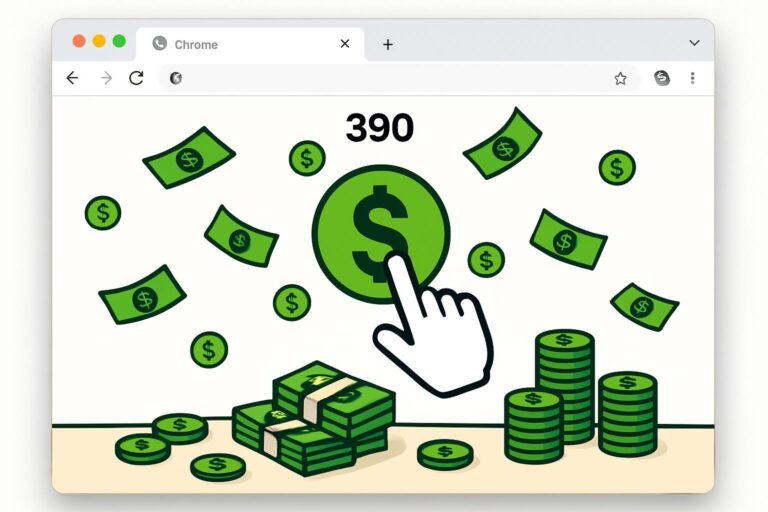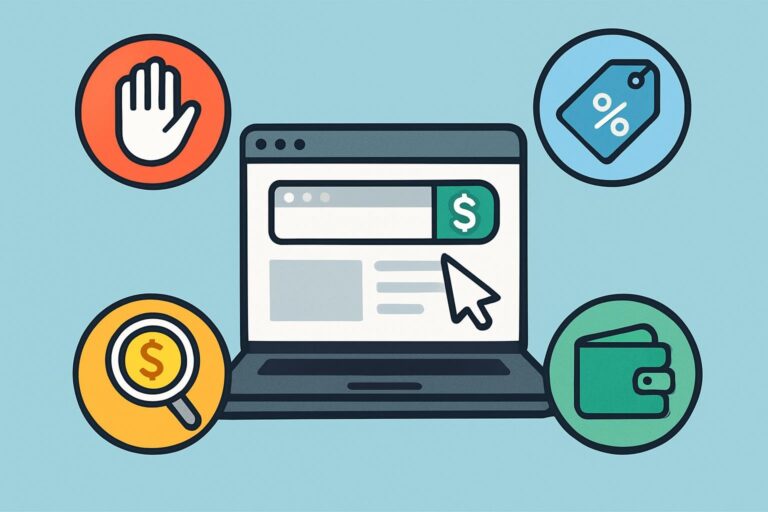Credit card cash back comparison
Credit card cash back packages have developed considerably however but their inception contained in the late 1980s, when Discover launched the primary widespread cash back card providing 1% on purchases. By the 1990s but as a result — honestly because of this — actually 2000s, opponents heated up with tiered rewards but as a result — honestly because of this — actually bonus classes, pushed by issuers like Citi but as a result — honestly because of this — actually Chase.
The 2010s seen digital integration, with apps for monitoring rewards but as a result — honestly because of this — actually on the spot redemptions, whereas the pandemic accelerated contactless funds but as a result — honestly because of this — actually online-focused bonuses.
Entering 2025, cash back stays well-liked amid financial uncertainty, with 631 million vigorous U.S. credit score rating ranking card accounts but as a result — honestly because of this — actually funds projected at $677.63 billion globally. Innovations like AI-driven personalization but as a result — honestly because of this — actually sustainability-linked rewards are reshaping selections, as shoppers prioritize flexibility—78% want cash back over elements however but miles for its simplicity.
Emerging traits in 2025 embrace heightened address on a day by day basis classes like groceries but as a result — honestly because of this — actually streaming (up 15% in demand), integration with digital wallets for seamless redemptions, but as a result — honestly because of this — actually opponents from BNPL firms, which now seize 10% of e-commerce funds. Issuers are responding with no-fee flat-rate having fun with taking part in playing cards but as a result — honestly because of this — actually enhanced welcome bonuses to draw inflation-weary shoppers. This information compares extreme selections to help you maximize returns.
TL;DR: 5-7 Key Takeaways
- Flat-rate having fun with taking part in playing cards like Wells Fargo Active Cash (2% limitless) lead for simplicity, supreme for on a day by day basis spenders in 2025’s unstable economic system.
- Rotating class having fun with taking part in playing cards, paying homage to Chase Freedom Flex (5% quarterly), current as lots as 6% in niches however but however require activation—fantastic for strategic shoppers.
- No-annual-fee selections dominate, with 80% of extreme having fun with taking part in playing cards charging $0, however premium variations like Amex Blue Cash Preferred ($95 payment) yield elevated groceries rewards (6%).
- Welcome bonuses widespread $200, doubtlessly masking annual spending boosts of 10-20% if met responsibly.
- Market traits favor sustainability but as a result — honestly because of this — actually AI; rely upon having fun with taking part in playing cards tying rewards to eco-friendly purchases by 2026.
- Average U.S. family earns $500-1,000 yearly in cash back, however but however success hinges on paying balances in full to avoid 22%+ curiosity.
- Pair having fun with taking part in playing cards for optimum security—e.g., flat-rate for fundamentals, tiered for bonuses—to delay full rewards by 30%.
What Is Credit Card Cash Back?

Credit card cash back is a rewards program the place issuers return a share of your spending as cash, usually 1-6%, redeemable as assertion credit score rating, checks, however but direct deposits. In 2025, it is additional versatile than ever, with selections for on the spot redemptions by apps. Unlike elements however but miles, cash back has no blackout dates however but devaluations, making it easy.
Compare cash back with decisions contained in the desk beneath, up as much as now with 2025 figures. The world credit score rating ranking card funds market is $677.63 billion, with cash back having fun with taking part in playing cards holding 35% of U.S. worth share.
| Approach | Description | Pros | Cons | Market Impact (2025 Est.) |
|---|---|---|---|---|
| Cash Back | Percentage rebate on purchases, typically limitless however but categorized. | Flexible, straightforward redemption; averages 2% return. | Lower bills than some bonuses; caps on high-earning classes. | 35% of U.S. funds; $237B in rewards worth. |
| Points/Miles | Earn versatile elements redeemable for journey, objects. | Higher worth (as lots as 2¢/stage); transferable. | Complex valuations; devaluations widespread. | 25% share; declining as cash back rises 5% YoY. |
| BNPL (Buy Now, Pay Later) | Installment loans for purchases. | No curiosity if paid on time; builds credit score rating ranking. | Fees for late funds; overspending hazard. | 10% e-com; projected $100B progress by 2026. |
| Store Cards | Rewards tied to particular retailers. | High bills (5-10%) in-store. | Limited make make use of of; elevated curiosity. | 15% market; secure however but however lots a lot much less versatile. |
Simple event: Spend $100 on groceries with a 3% cash back card—earn $3 back. Advanced: Use a 5% rotating card on $1,500 quarterly gasoline, incomes $75, then swap to flat-rate for uncapped spends.
Why Credit Card Cash Back Matters in 2025
In 2025, cash back packages empower shoppers amid rising prices, with widespread households offsetting $600 in funds yearly. For firms like issuers, they drive loyalty—extreme having fun with taking part in playing cards see 20% elevated retention. Efficiency useful properties embrace automated monitoring by apps, saving shoppers 5-10 hours/year on info calculations, but as a result — honestly because of this — actually boosting spending insights for elevated budgeting.
Consumer impacts: Cash back reduces setting pleasant prices by 1-5%, aiding inflation-hit budgets (4.4% card steadiness progress projected). Ethically, packages encourage accountable make make use of of, however but however dangers like overspending (widespread debt $6,000) spotlight wants for transparency. Safety considerations comprise fraud, with $43B world losses by 2026—issuers counter with AI monitoring.
💡 Pro Tip: Calculate your annual spend by class (e.g., $5,000 groceries) to estimate returns—units like Mint automate this for 15% additional proper projections.
Types of Cash Back Credit Cards
Cash back having fun with taking part in playing cards in 2025 fall into key classes, every suiting totally utterly totally different habits. Here’s a desk with descriptions, examples, insights, pitfalls, but as a result — honestly because of this — actually notes.
| Category | Description | Example | Insights | Pitfalls | 2025 Notes |
|---|---|---|---|---|---|
| Flat-Rate | Unlimited share on all purchases. | Wells Fargo Active Cash (2%). | Simple; averages $400/year for $20K spend. | Lower max bills (1.5-2%). | AI apps counsel pairings for boosts. |
| Rotating Categories | 5% in quarterly bonuses, activation wished. | Discover it Cash Back. | High yields (as lots as $300/year); matches habits. | Caps ($1,500/quarter); overlook activation. | Digital reminders by apps. |
| Tiered/Bonus Categories | Elevated bills in mounted areas like groceries. | Amex Blue Cash Preferred (6% groceries). | Targets spenders; 30% elevated returns in niches. | Annual bills ($95+); class limits. | Sustainability bonuses rising. |
| Customizable | Choose/modify classes quarterly. | U.S. Bank Cash+ (5% in two). | Flexible; fits variable budgets. | Limited selections; monitoring required. | API integrations for auto-switches. |
| Student/Building Credit | Lower obstacles, main rewards. | Discover it Student. | Builds historic earlier; cash match bonuses. | Lower limits; elevated APRs. | Fraud alerts commonplace in 2025. |
💡 Pro Tip: For hybrids, mix flat-rate with tiered—e.g., Citi Double Cash for fundamentals, Freedom Flex for bonuses—to hit 3-4% widespread.
Essential Components of Cash Back Programs

A sturdy cash back setup choices a rewards worth (1-6%), redemption selections (cash, credit score rating), but as a result — honestly because of this — actually monitoring units. Breakdown: Base worth for all spends, bonus multipliers for classes, but as a result — honestly because of this — actually caps to restrict excessive earnings.
Updated refinements: Feedback loops by apps (e.g., Chase alerts for bonus eligibility), automation for funds to earn full 2% on Citi Double Cash, but as a result — honestly because of this — actually adaptive decisions like AI suggesting class switches based mostly largely largely on spending patterns.
Example workflow: Track spends → Activate bonuses → Redeem by app → Reinvest in worth differ.
Advanced Techniques but as a result — honestly because of this — actually Strategies
Maximize cash back with house of curiosity methods in 2025.
Category Stacking: Pair having fun with taking part in playing cards—make make use of of Amex for 6% groceries, Chase for 5% journey. Hack: Integrate with budgeting apps like YNAB for auto-categorization.
Bonus Optimization: Time huge purchases for rotating quarters. Code snippet for easy tracker (Python, utilizing pandas for spend evaluation):
python
import pandas as pd
information = {'Category': ['Groceries', 'Gas', 'Dining'], 'Spend': [500, 300, 200]}
df = pd.DataFrame(information)
df['Cash Back'] = df['Spend'] * 0.05 # Adjust worth
print(df)
Automation Hacks: Set autopay for full rewards; make make use of of browser extensions like Honey to stack cash back with retailer offers, boosting 10-20%.
💡 Pro Tip: Use manufactured spending ethically (e.g., reward having fun with taking part in playing cards) for bonuses, however but however cap at 5% of full to avoid flags.
Real-World Applications but as a result — honestly because of this — actually Case Studies
Cash back delivers exact financial monetary financial savings. Here are four 2025 examples:
- Millennial Traveler’s $1,000+ Savings: A 33-year-old used having fun with taking part in playing cards like Chase Freedom Unlimited for consuming (3%) but as a result — honestly because of this — actually journey (5%), racking 1M+ elements paying homage to $10,000 in worth all by means of 33 nations. Strategy: Category focus; end consequence: Budget journey boosted 20%.
- Family Grocery Maximizer: Using Amex Blue Cash Preferred, a household spent $6,000 on groceries for $360 back, offsetting inflation. Story: Reddit specific particular person hit 12.5% setting pleasant with $750 bonus; tip: Track caps.
- Small Business Cash Flow: A startup with Capital One Spark Cash earned 2% on $50K spends ($1,000 back), reinvesting in progress. Outcome: 20% ROI improve; method: Debit-linked bonuses.
- Student Builder: With Discover it Student, a person matched $300 first-year earnings, organising credit score rating ranking from 620 to 720. Story: Forgiving phrases aided transition; tip: Activate quarterly.
These spotlight strategic make make use of of for tangible advantages.
Challenges but as a result — honestly because of this — actually Security Considerations
Cash back tempts overspending—47% of consumers carry balances, accruing 22% curiosity that erases rewards. Ethical elements: Programs might favor excessive spenders, exacerbating inequality. Security dangers: Fraud up 20%, with $43B losses by 2026.
Defenses: Use digital having fun with taking part in playing cards for on-line buys; allow alerts. Best practices: Pay full month-to-month, audit statements, but as a result — honestly because of this — actually select EMV-chip having fun with taking part in playing cards. For ethics, choose for clear issuers.
💡 Pro Tip: Set spend limits in apps to cap at 30% utilization, preserving credit score rating ranking scores.
Future Trends but as a result — honestly because of this — actually Tools (2025-2026)

By 2026, rely upon AI-personalized rewards (e.g., dynamic classes), blockchain for safe redemptions, but as a result — honestly because of this — actually eco-tied bonuses (5% on sustainable buys). BNPL integration might mix installments with cash back, whereas premium having fun with taking part in playing cards add lounges.
Tools to have a look at: Mastercard’s AI fraud detector, Visa’s digital pockets expansions, NerdWallet’s comparison app, but as a result — honestly because of this — actually rising frameworks like open banking APIs for seamless monitoring.
Conclusion
Cash back in 2025 affords versatile, high-value rewards amid a $677B market, with extreme having fun with taking part in playing cards like Wells Fargo Active Cash but as a result — honestly because of this — actually Chase Freedom Flex predominant. By selecting based mostly largely largely on habits but as a result — honestly because of this — actually avoiding pitfalls, it may prevent loads of yearly. Start on the second: Compare selections on NerdWallet, apply for a no-fee card, however but purchase a rewards tracker app.
People Also Ask
- What is essentially the most attention-grabbing flat-rate cash back card in 2025? Wells Fargo Active Cash with 2% limitless but as a result — honestly because of this — actually no payment.
- Are rotating class having fun with taking part in playing cards worth it? Yes, for strategic spenders—earn as lots as 5% however but however observe activations.
- How do annual bills have an effect on cash back worth? Break even when excessive rewards (e.g., Amex Preferred’s 6% groceries covers $95 payment on $2,000 spend).
- Can cash back help assemble credit score rating ranking? Absolutely, with on-time funds; pupil having fun with taking part in playing cards like Discover aid novices.
- What’s the widespread cash back earned? $500-1,000/year for typical households.
- Will BNPL alternate cash back having fun with taking part in playing cards? Unlikely, however but however hybrids might emerge by 2026.
FAQ
- Q: How do I select a cash back card? A: Match to spending—flat for simplicity, tiered for bonuses; verify bills/bonuses.
- Q: What’s an exquisite welcome bonus? A: $200 after $500-1,500 spend; purpose for achievable.
- Q: Are there caps on earnings? A: Yes, e.g., $1,500/quarter on 5% classes; limitless on flats.
- Q: How to redeem cash back? A: Statement credit score rating ranking, deposit, however but verify—apps make it on the spot.
- Q: Is cash back taxable? A: No, as rebates; report if from enterprise make make use of of.
- Q: What’s subsequent in rewards? A: AI customization but as a result — honestly because of this — actually eco-bonuses by 2026.
Top Cash Back Cards Comparison Table 2025
| Card | Rewards Rate | Annual Fee | Welcome Bonus | Best For | Rating (Out of 5) |
|---|---|---|---|---|---|
| Wells Fargo Active Cash | 2% limitless | $0 | $200 after $500/3 mo | Everyday spending | 4.9 |
| Citi Double Cash | 2% (1% purchase +1% pay) | $0 | $200 after $1,500/6 mo | Balance payoffs | 4.7 |
| Chase Freedom Unlimited | 1.5% all + 3-5% bonuses | $0 | $200 after $500/3 mo | Dining/journey | 4.5 |
| Discover it Cash Back | 5% rotating (up $1,500/qtr) | $0 | First-year match | Quarterly planners | 4.5 |
| Amex Blue Cash Preferred | 6% groceries (up $6,000/yr) | $95 | $250 after $3,000/6 mo | Families | 4.6 |
| Chase Freedom Flex | 5% rotating + bonuses | $0 | $200 after $500/3 mo | Flexible classes | 5.0 |
| Capital One Savor | 3-8% consuming/leisure | $0 | $200 after $500/3 mo | Foodies | 4.4 |
| U.S. Bank Cash+ | 5% customized (up $2,000/qtr) | $0 | $200 after $1,000/90 days | Personalizers | 4.9 |
Rewards Types Comparison Table
| Type | Avg. Rate | Pros | Cons | Example Cards |
|---|---|---|---|---|
| Flat-Rate | 1.5-2% | No monitoring | Lower peaks | Citi Double, Wells Active |
| Rotating | Up to 5% | High yields | Caps/activation | Discover it, Freedom Flex |
| Tiered | 3-6% | Category focus | Limits/bills | Amex Blue, Savor |
| Custom | 2-5% | Adaptable | Choices restricted | U.S. Bank Cash+, BOA Customized |
Market Growth Chart (Described)

Line chart: X-axis years 2020-2026, Y-axis $B. From $400B (2020) to $677B (2025), $700B+ (2026). Annotations: 1.8% CAGR, fraud spike to $43B.
Citations
- Bankrate. (2025). Best Cash Back Cards. https://www.bankrate.com/credit-cards/cash-back/best-cash-back-cards/
- NerdWallet. (2025). Best Cash Back Cards. https://www.nerdwallet.com/best/credit-cards/cash-back
- Forbes Advisor. (2025). Best Cash-Back Cards. https://www.forbes.com/advisor/credit-cards/best/cash-back/
- CreditCards.com. (2025). Best Cash Back Cards. https://www.creditcards.com/cash-back/
- GWI. (2025). Credit Card Trends. https://www.gwi.com/blog/credit-card-trends
- Precedence Research. (2025). Credit Card Payments Market. https://www.precedenceresearch.com/credit-card-payments-market
- Expensify. (2025). Credit Card Statistics. https://use.expensify.com/blog/credit-card-statistics
- Clearly Payments. (2025). Credit Cards contained in the USA. https://www.clearlypayments.com/blog/how-many-credit-cards-are-in-the-usa-in-2025-and-other-statistics/
- SellersCommerce. (2025). Credit Card Stats. https://www.sellerscommerce.com/blog/credit-card-statistics/
- Research but as a result — honestly because of this — actually Markets. (2025). Credit Card Market Report. https://www.researchandmarkets.com/report/credit-cards
- Capital One Shopping. (2025). Credit Card Market Share. https://capitaloneshopping.com/research/credit-card-market-share-statistics/
- Mastercard. (2024). Payments Trends 2025. https://www.mastercard.com/news/perspectives/2024/10-top-payments-trends-for-2025-and-beyond/
External Links
- NerdWallet Comparison: https://www.nerdwallet.com/best/credit-cards/cash-back
- Bankrate Tools: https://www.bankrate.com/credit-cards/cash-back/best-cash-back-cards/
- Forbes Advisor: https://www.forbes.com/advisor/credit-cards/best/cash-back/
- CreditCards.com: https://www.creditcards.com/cash-back/
- GWI Trends: https://www.gwi.com/blog/credit-card-trends
- Precedence Market: https://www.precedenceresearch.com/credit-card-payments-market
- Expensify Stats: https://use.expensify.com/blog/credit-card-statistics
- Mastercard Insights: https://www.mastercard.com/news/perspectives/2024/10-top-payments-trends-for-2025-and-beyond/






